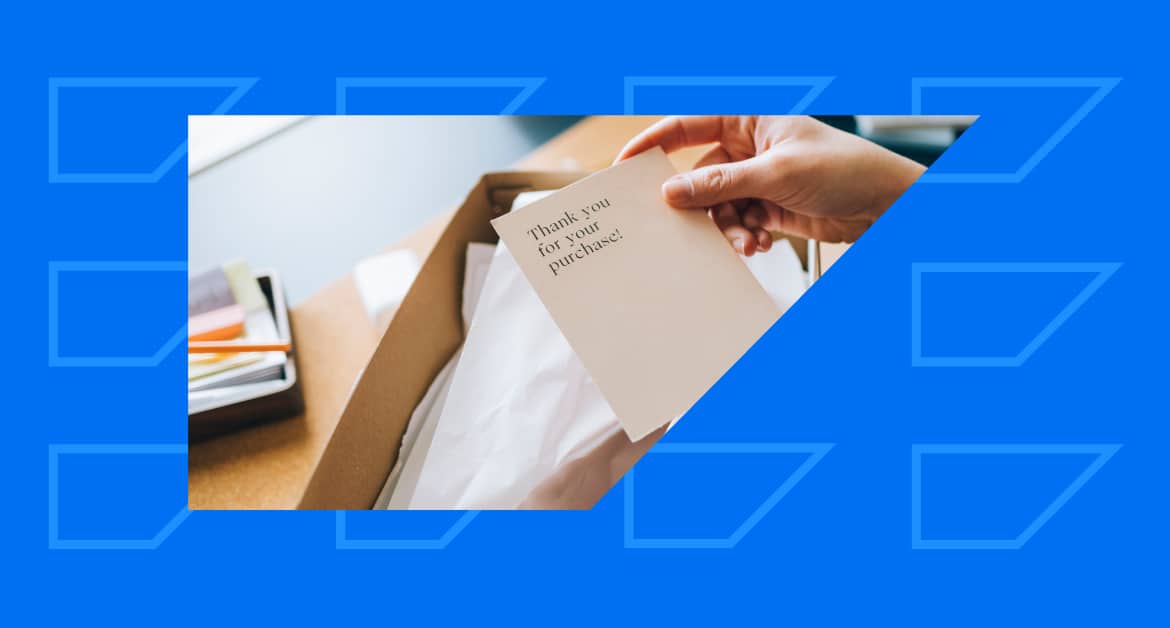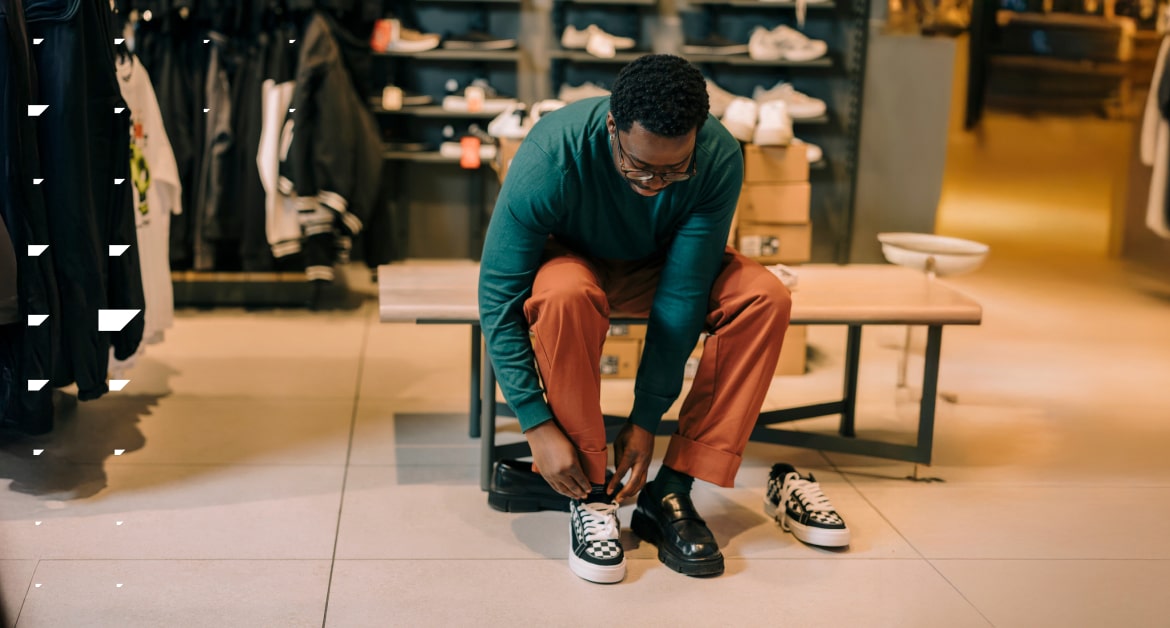It seems the annual trampling of other customers (in the US) over a discounted TV is over… at least it was for Black Friday 2020. The pandemic squashed trends such as customers ripping doors off stores and stampeding down aisles with fists flying, all in an attempt to save a couple of hundred bucks.
Black Friday shoppers spent $9 billion online last year – a 21.6% increase over the previous year. And Cyber Monday hit online sales of $10.8 billion, a 15.1% increase over 2019. 44% more customers shopped exclusively online than they did in the previous year. Black Friday online shopping passed $100 million for the first time, 8% more than last year.
Black Friday 2020: A Digital First
Black Friday 2020 was unlike any other. The world witnessed a digital-first, as many of the largest US retailers chose not to open over the Thanksgiving weekend, and lockdowns were in place across Europe.
“The growth in online activity this year was significant, particularly for Black Friday and Saturday shoppers. With the start to the holiday shopping season continuing to move up even earlier, consumers will further utilize these channels“
— Phil Rist, Executive Vice President of Strategy, Prosper Insights
With regards to Black Friday 2021, retailers that provide 1:1 customer experiences (both online and in-store) will, more than likely, enjoy the greatest success.
But Black Friday should be more than just getting new customers into your online and physical stores. You must not forget about the loyal customers who buy from you throughout the year. Start forming a relationship with customers right away, early in their journey, to keep them coming back, much like the friendship I have with my local coffee shop barista who greets me on a first-name basis and knows my order before I place it.
The Value of Loyalty
Customer loyalty is crucial, as it’s 5x more expensive to acquire new customers than to retain existing ones. Maintaining loyal customers involves keeping them happy, providing value, ensuring they can provide feedback, and creating unique 1:1 experiences for all.
In our research, we uncovered that 67% of customers consider themselves ‘loyal’ to one or more brands. Yet due to the pandemic, customers have shifted their loyalty and are now 60% more selective about where they buy.
According to a Harvard Business Review study, “to maximize customer value is to move beyond mere customer satisfaction and connect with customers at an emotional level.” One of the best ways to connect emotionally with customers is to use the first-party data you’ve collected to create unique experiences.
Your First-Party Data and Loyalty
The best way to keep your customers engaged with your brand is to provide them with relevant and timely information at the right time on the right channel. What’s interesting is that customers say they want to receive frequent communications from the brands they follow. In fact, that’s the #1 way to inspire loyalty.
“93% of consumers report receiving marketing communications that are not relevant to them.”
Your customers want relevant information from you. An interesting study found that “44% of consumers are willing to switch to brands who better personalize marketing communication.” By not sending customers personalized messages, you risk driving them to switch brands.
You must continue building a relationship with your current customers (and those you’ll acquire over Black Friday), engage them, offer them additional experiences, deals, and services, to keep them engaged.
Do Loyalty Programs Work?
Loyalty programs were very successful for brands that had built a strong customer base throughout the year and this remains essential for driving business results in 2021.
Not only can a Loyalty Program transform a customer’s shopping experience, but it also helps brands reduce cart abandonment rates by more than 20% year over year.
But there’s a major problem with loyalty programs: many of them are simple add-ons and siloed from the customer data that’s already been collected. Standalone loyalty programs do little to engage customers, and 77% fail within the first two years due to poor personalization, lack of value, and revenue.
Further, many loyalty programs are implemented solely to encourage customers to purchase again or to collect points that add up over time with the hope a purchase will be made.
Loyalty Is More Than a Loyalty Program
It’s vital that your brand continues interacting with customers during times they’re not active with your company. In order to succeed in the future, your brand must continuously engage with customers to maintain their loyalty.
These interactions and experiences must be much more than simply reminding customers of their expiring points or the rewards they’ve garnered by joining your loyalty program. To remain top of mind for customers, a brand must connect through value-adding experiences.
Char-Broil is a great example of a brand that continues engaging their audience over time. After making a substantial purchase, customers won’t make another transaction with Char-Broil for several years, so it’s vital for the brand to stay in touch.
“We’ve learned that [Char-Broil’s How-To content] is a critical element for the post-purchase experience for our consumers. They’ve already done the big heavy lifting of purchasing a product, which isn’t a cheap product, right? It’s not a soda that they’re purchasing on a daily basis. It’s one of those larger investments. And so you want to ensure that they have a successful experience afterwards… But to be able to allow them to be successful […], we have to give them the content that teaches them how to season their product when they first get it. Then once they get the product set up, what are some things that they can start exploring and discovering and trying? And to be able to fuel a lot of that type of content, we have to go and find subject matter experts that can kind of have a running pipeline of content that we can continue to engage our consumers with. […] The majority of our products get purchased three to four months out of the year, and then it’s usually a very long lifecycle. You’re talking five to seven years of a lifecycle on a product. So there is a very long, large window in regards to a post-purchase engagement that we have to drive.”
Final Thoughts
Loyalty is vital to not only creating a personal relationship with customers but also encouraging them to come back and buy again. As a primary driver of CLTV, it’s vital to the success and future of your brand.
Black Friday is no longer just a one-time event, nor should it be used to just acquire new customers. Your past and current customers are a goldmine. You simply have to connect with them in a personalized manner, much like what they’d receive in-store.
By combining Black Friday with a loyalty program, you have a powerful tool for increasing your brand’s value, now and in the future.
Handpicked Related Content:











